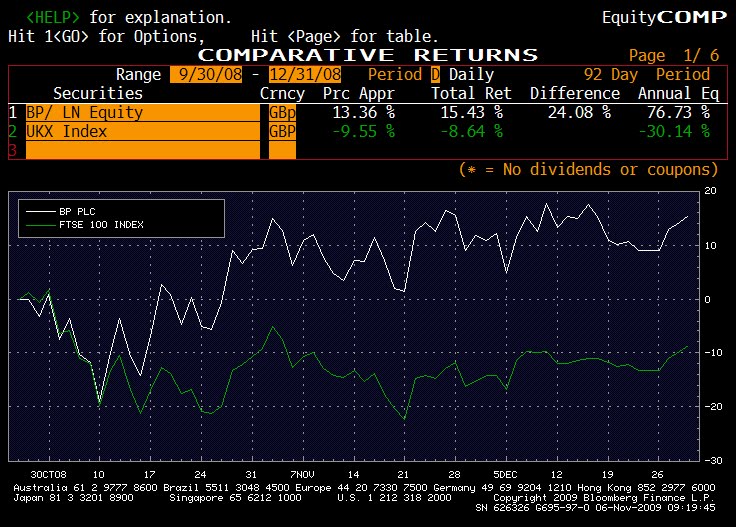DOE data trading is starting to be both irrelevant and more importantly, dangerous. We are seeing oil price swings on a weekly basis worried about US demand. That should not be the focus. US demand peaked, according to Rex Tillerson in 2005 and OECD demand in 2006. This is also very logical given that oil production from OECD countries has been declining since 1997 and is now way below 23% of the world production. Therefore, it is normal that OECD demand tops out and declines as we see the effects of efficiency, maturity, saturation of the credit bubble model and Obama’s beloved electric car (the one we will all be forced to buy at $60k a piece).
Meanwhile, Non-OECD consumption grew from 40% of the world demand in 2004 to 45% in 2009. No wonder we are seeing reduced exports to the US.
How low can the OECD consumption go? At the moment, demand for the OECD excluding the US is around 12 barrels per capita per year (US is 25 barrels per capita per year). The IEA is predicting by 2015 a further consumption decrease toward 10 barrels/capita/year for the OECD excluding the US and toward 20 b/c/year for the US.
The key thing is that (unlike what we believe in US-EU financial markets), non-OECD countries are much less price sensitive than OECD ones, as their growth requirements and modernisation are much more “essential” and energy intensive, so the swings to price from demand drops depends on OECD. Therefore, oil prices will have to be high but not too high to keep the demand growth steady. Right now everyone, including the figures I saw recently, assume an impact of $20 per 1 mbpd of excess demand (and similar on the way down), from a “sustainable” $65/bbl break-even.
The elephant in the room: Producing countries demand growth. Many expect something close to an “export extinction” with a decline in exports (below the 2006 level) of between -33-46% by 2011.
The second elephant in the room: Energy intensity of “infrastructure plans to move away from evil foreign oil”. According to Chevron, the stimulus packages and infrastructure plans are adding 2mmbpd of oil demand while supplyis slipping 5%. Hard to argue when, in Spain, the example of renewable overbuild, with demand down 7% and renewables blowing out all technologies, oil imports have not fallen significantly (1.2mmbpd).
The third elephant in the room: Oil investments peaked in 2008. All energy agencies estimate that capex required to maintain production is slipping. Below $220bn a year, decline (currently at 5%) accelerates.
The fourth elephant in the room: non-OPEC growth is overestimated. See today Lukoil.Interfax reports Lukoil’s strategic development plan for 2010-2019 with a drastic slash on previous 10-year growth targets (only 0.3% average growth versus previous of 2.2%). Wait for Rosneft to do the same.
